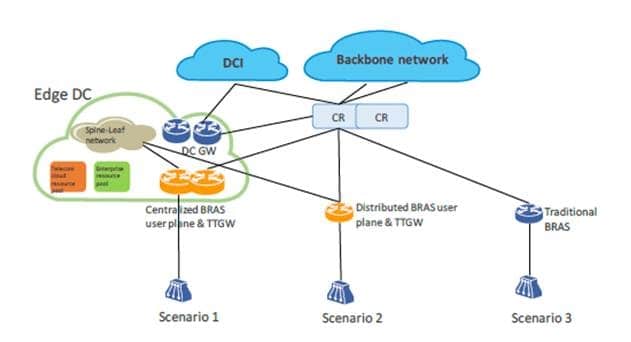ZTE has released what it claims as the industry's first vBRAS solution that can support ten million users’ access simultaneously based on the C/U (Control/User) separated architecture.
The solution decouples the software from the hardware on the control plane through the NFV (Network Function Virtualization) technology, realizing centralized management and virtualization of the control plane by integrating user management functions of multiple BRAS devices.
Currently, with the rapid growth of home broadband users and fast development of new services such as 4K, cloud services and Internet of Things, the traditional BRAS devices are confronted with enormous challenges. Located at the MAN (Metro Area Network) edge, the BRAS device is a physical connection point between the broadband access network and metro backbone network.
At the same time, it is a policy execution point to control user broadband services. As an ingress for the user to access network services, the BRAS is a control node of all network services. However, the traditional BRAS solution has its control and forwarding planes tightly coupled, which causes unbalanced resource distribution and low resource utilization. Besides, it has independent and scattered configurations, which cause complicated O&M. Moreover, new service launching involves the software upgrade of multiple devices in the network, consuming a lot of time and efforts.
The ZTE vBRAS solution based on virtualized C/U separated cloud network architecture can solve the above problems easily. First of all, the C/U separated vBRAS adopts the IT technology to enable control plane resource pooling and on-demand flexible scaling, meeting CT carrier-grade reliability and mass session requirements.
Up to now, ZTE has completed trials of the C/U separated vBRAS in the existing networks across more than ten provinces of China, including Guangdong, Jiangsu, Henan, Jiangxi, Sichuan and Fujian.




















